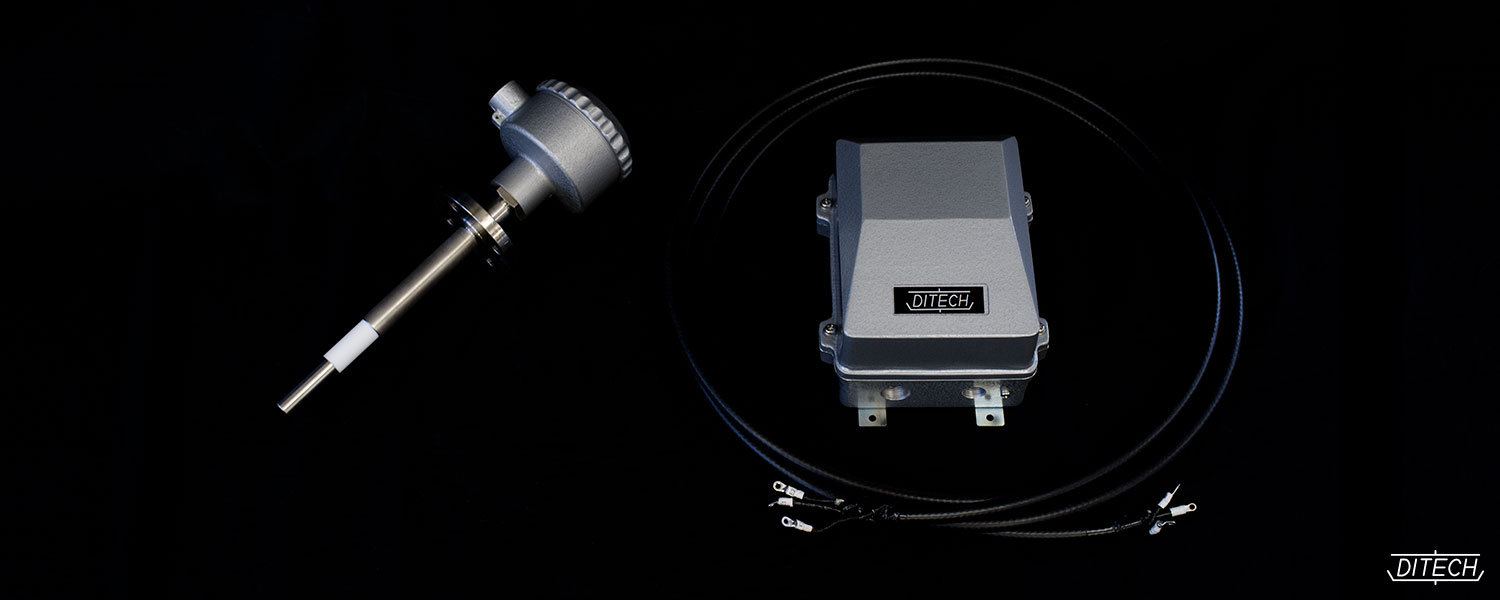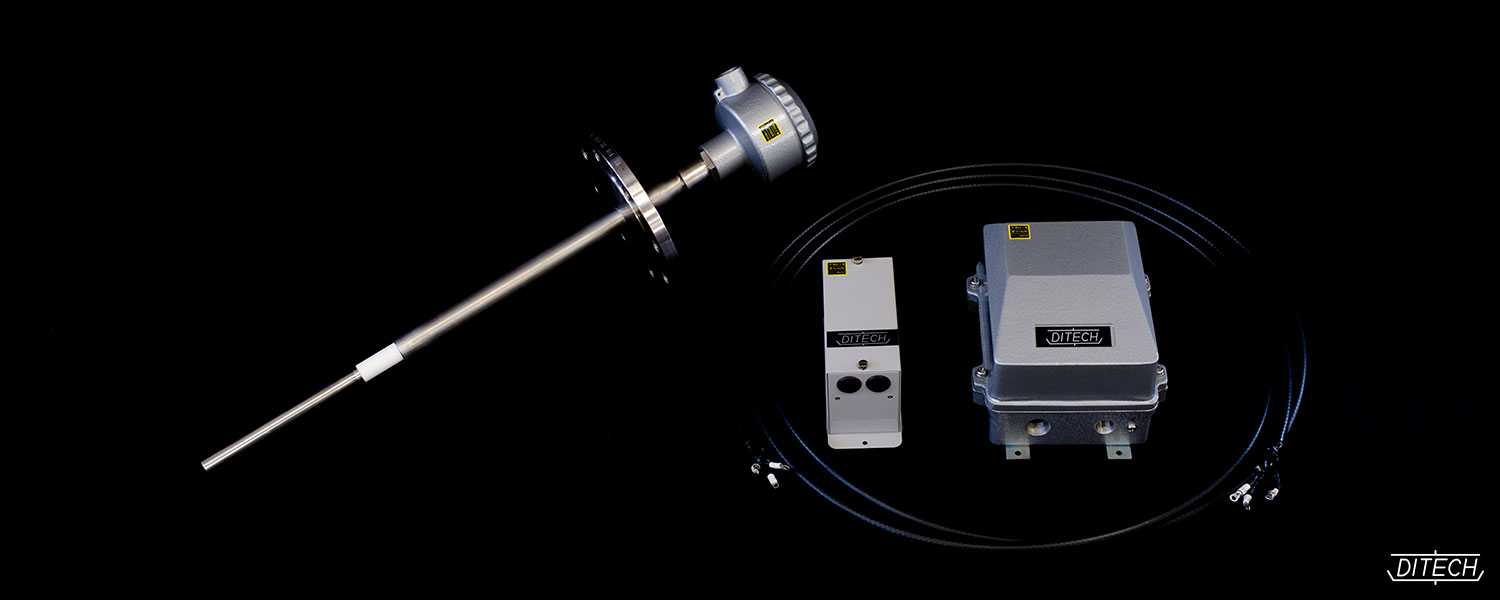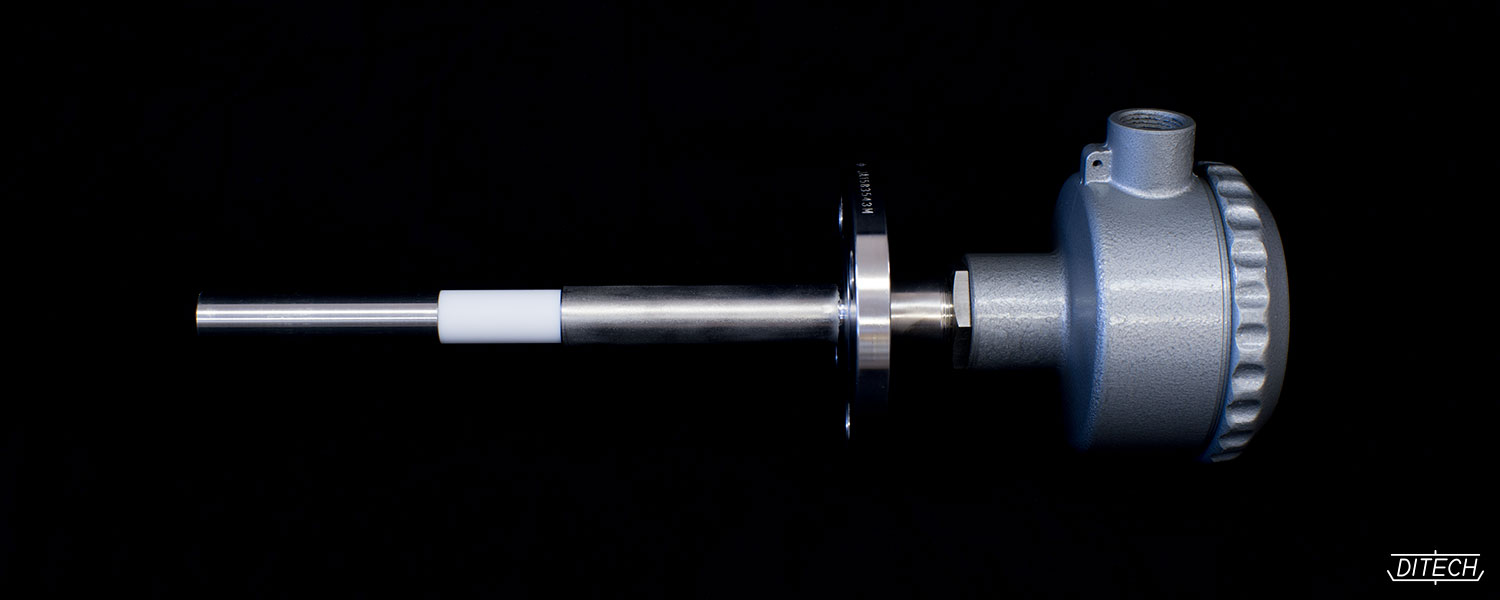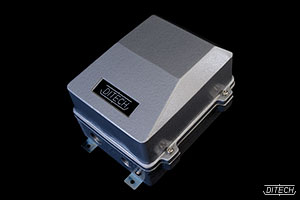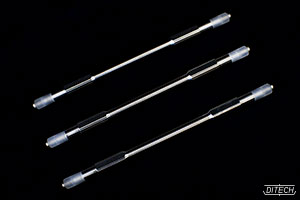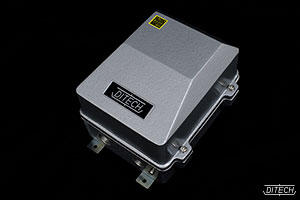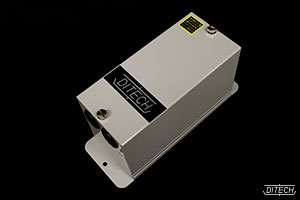Manufacturer of Level Switch, Level Transmitter,
Detector and Sensor DITECH,LTD.
Impedance type Level switch
NQS
NSS
proof
construction
Non-explosion-proof
Intrinsically safe construction(i3nG5)
This models are designed to fully meet the demands to measure the various material from conducting substance to insulating material.
Impedance type level switches (Model NQS and NSS), commercialized upon a novel theory of measurement by applying impedance bridge system of nullifying every stray capacity, assures a highly reliable and stable detection of materials ranging from powder and particles having a low apparent dielectric constant to viscous substances having a high specific conductance.
principles
The detecting electrode will be inserted from the top or side of a tank or hopper and then installed inside the tank or hopper. When a liquid or powdery material comes in contact with the electrode, the electrode will detect the impedance (reciprocal of admittance) change between the air and object under measurement, or between the specific object under measurement and other object under measurement to effect switching operation for turning on-off the relay, so that the level of the liquid or powdery material in the tank or hopper is maintained in a given position.
Impedance type level switch is also available with the systems of compensating the erroneous signal transmission from the adhering to and accumulating on the surface of electrode by means of a third protection (guard) electrode for compensation provided between the main detecting electrode and the grounding electrode.
Click here for information on Guard type Level switch
Even if the distance between the detector unit and transducer is extended, an extremely high stability of detection is practically obtainable by the adoption of high-grade circuit configuration and a special cable. In addition, the detector unit is composed of only metal and insulating material without using any electrical parts, so that the Model NQS, NSS level switch is usable in
an extremely wide range of temperature and pressure.
This level switch can also be used under radiation.
| Stable detection range | Min. ≦ 0.5pF Max. ≧ 1000pF Peculiar resistor ∞~0.5Ω |
| Output contact | Model NQS: a,c,b 250V 5A (Non-inductive load) / Open collector / Thyristor / SSR Model NSS(Model PS-7): a,c,b 200V 1A 100VA (Non-inductive load) |
| Input power | Model NQS: AC105V/210V 50/60Hz or DC24V Model NSS(Model PS-7): AC105V/210V 50/60Hz |
| Power consumption | Model NQS: 7W Model NSS: 4W |
| Allowable temperature | Detector: -200℃~+1100℃ (Depends on the specifications) Transducer: Model PS-1: -10℃~+50℃ Transducer: Model TR-1: -25℃~+70℃ Power source: Model PS-7: -10℃~+50℃ Special cable: Model DSC-15 (high accuracy use): -10℃~+60℃ Special cable: Model DSC-05 (small size): -10℃~+60℃ Special cable: Model DSC-13 (heat resistance use): -50℃~+200℃ |
| Allowable load | Detector: 2000㎏ Concentrated at detection tip (Depends on the specifications) |
| Allowable pressure | Detector: 100MPa (approx. 1020kg/cm2G) (Depends on the specifications) |
| Weight | Transducer: Model PS-1: 4.3kg Transducer: Model TR-1: 4.3kg Power source: Model PS-7: 2.0kg |
| Size | Transducer: Model PS-1: 200(W)×149(D)×220(H) Transducer: Model TR-1: 200(W)×149(D)×220(H) Power source: Model PS-7: 80(W)×101(D)×210(H) (mm) |
| Installation | Detector: Flange mounting Screws mounting Ferrule IDF, etc. |
| Material | Detector: SUS304 SUS316 SUS316L Hastelloy Titanium Tantalum Nickel SiC Graphite PTFE Ceramic, etc. Head case: Light alloy SUS304 Salt resistant paint case, etc. |
Model NQS
(Non-explosion-proof type)
<Separated transducer type>
This model is composed of detector unit, transducer and special cable.
Model NSS
(Intrinsically safe construction / i3nG5)
<Totally separated detector unit type>
This model is composed of detector unit, transducer, relay power source and special cable that is 3 core control cable. As the transducer is designed to be installed in a dangerous area, the special cable can be made short enough to minimize picked-up noises, thus permitting a stable performance to be obtainable. As to performance, this model has the same characteristics as those of Model NQS.
 DITECH,LTD.
DITECH,LTD.